+86-159 9860 6917
info@geofantex.com
geofantex@gmail.com
+86-400-8266163-44899
The use of geogrids in landscaping projects is rapidly becoming a game-changer for professionals and enthusiasts alike. Geogrids, with their unique structure and durability, offer innovative solutions for soil stabilization, erosion control, and enhancing the overall beauty of outdoor spaces. This article delves into the science behind geogrids, exploring their benefits, applications, and practical tips for incorporating them into your landscaping projects. Whether you’re tackling a residential garden or a commercial landscape, understanding the role of geogrids can significantly enhance the sustainability and aesthetic appeal of your outdoor environments.
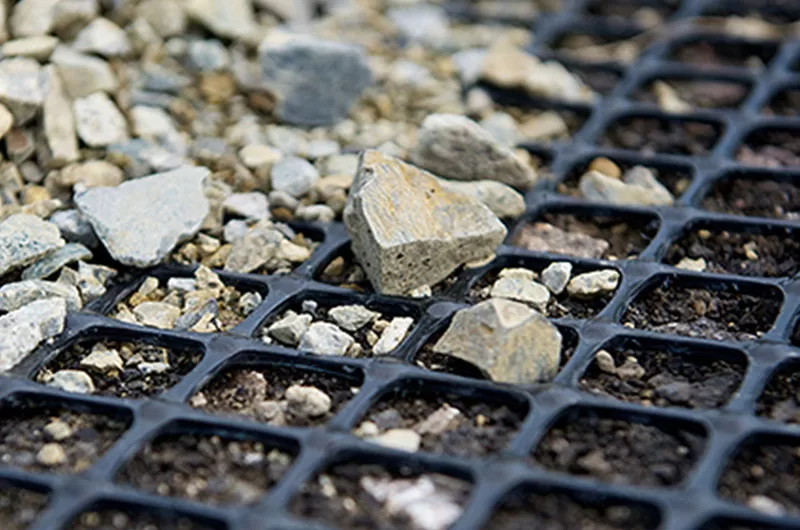
What is a Geogrid and How Does It Work in Landscaping?
A geogrid is a geosynthetic material used to reinforce soils and similar materials. It is typically made from polymers such as polyester, polyethylene, or polypropylene, and is characterized by its grid-like structure, which allows for interlocking with the surrounding soil or aggregate.
Types of Geogrids
- Uniaxial Geogrids: Designed to withstand forces in one direction. They are often used in applications such as retaining walls and embankments.
- Biaxial Geogrids: Provide reinforcement in two directions and are commonly used for soil stabilization and road construction.
- Triaxial Geogrids: Offer multi-directional reinforcement and are used in a variety of applications, including landscaping.
How Does a Geogrid Work in Landscaping
- Soil Stabilization: Geogrids improve the structural integrity of the soil, making it more stable and capable of supporting landscaping structures like retaining walls and terraces.
- Erosion Control: By reinforcing the soil, geogrids help prevent erosion, which is particularly important in sloped landscaping projects.
- Load Distribution: Geogrids distribute loads over a wider area, reducing the pressure on the soil and preventing settlement or collapse. This is essential for pathways, driveways, and other load-bearing surfaces.
- Root Reinforcement: In landscaping, geogrids can help support plant roots, promoting healthy growth and stability in vegetated areas.
- Aesthetic Integration: Geogrids can be integrated with other landscaping materials such as stones, pavers, and mulch, enhancing the visual appeal while providing functional benefits.
Installation Process
- Site Preparation: Clear and level the area where the geogrid will be installed.
- Base Layer: Lay down a base layer of aggregate or soil.
- Geogrid Placement: Roll out the geogrid and cut it to fit the designated area.
- Securing the Geogrid: Anchor the geogrid using stakes or pins to keep it in place.
- Covering the Geogrid: Add additional layers of soil or aggregate on top of the geogrid.
- Compaction: Compact the layers to ensure stability and proper interlocking.
Benefits of Using Geogrids in Landscaping
- Enhanced Stability: Provides greater structural stability for various landscaping elements.
- Cost-Effective: Reduces the need for additional materials and labor.
- Durability: Extends the lifespan of landscaping projects.
- Environmental Benefits: Reduces erosion and supports sustainable landscaping practices.
Why Choose Geogrids for Your Landscaping Project?
Advantages and Benefits of Using Geogrids:
- Enhanced Stability and Support: Geogrids provide superior stability to landscaping structures. They distribute loads more evenly, reducing the risk of deformation or failure.
- Increased Durability: Geogrids enhance the longevity of landscaping projects by reinforcing soil and preventing erosion. This leads to more resilient structures that withstand environmental pressures.
- Versatile Application: Suitable for various landscaping elements like retaining walls, slopes, and pavements, geogrids offer flexibility in design and application.
Improvement of Structure Performance:
- Retaining Walls: Geogrids reinforce retaining walls, allowing them to support greater loads and resist lateral pressures. This results in safer and more reliable walls.
- Slopes: When used in slope stabilization, geogrids prevent soil erosion and slippage, maintaining the integrity of the landscape over time.
- Pavement: In-pavement construction, geogrids distribute the weight of traffic loads more evenly, reducing the risk of cracks and potholes.
Cost Savings and Environmental Sustainability:
- Reduced Material Costs: Geogrids allow for the use of less expensive fill materials, reducing the overall cost of construction.
- Lower Maintenance Costs: Enhanced durability means fewer repairs and replacements, leading to long-term cost savings.
- Environmental Benefits: Geogrids reduce the need for extensive excavation and minimize soil displacement, preserving the natural landscape and reducing environmental impact.
Long-Term Maintenance:
- Minimal Upkeep: Structures reinforced with geogrids require less frequent maintenance, saving time and resources.
- Sustainable Solutions: By extending the lifespan of landscaping projects, geogrids contribute to sustainable development practices.
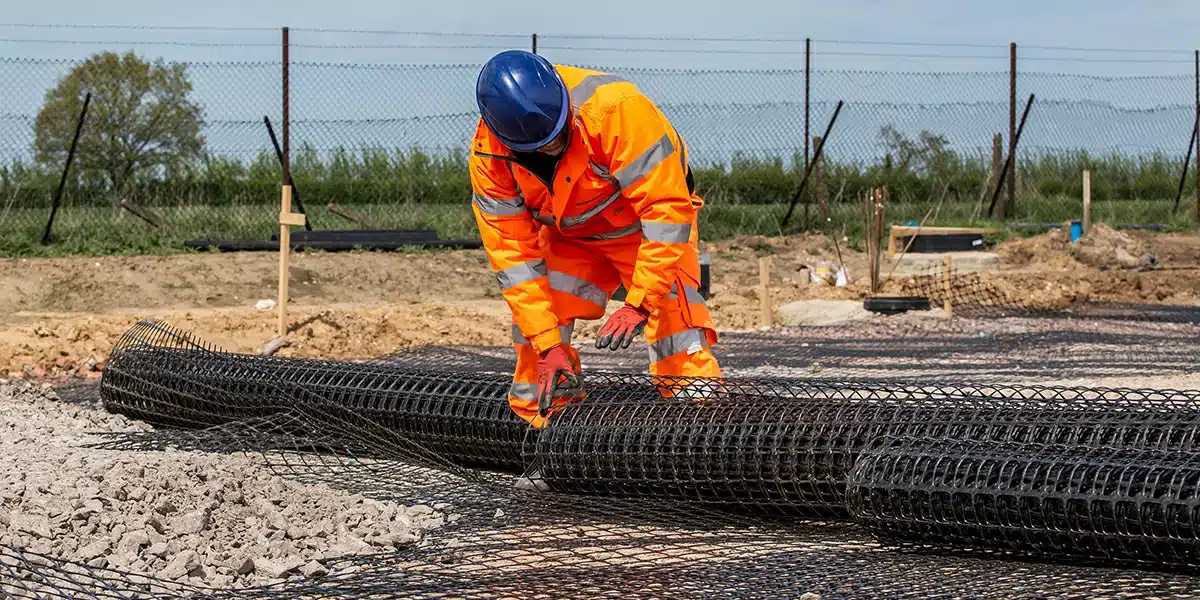
How to Incorporate Geogrids into Different Landscaping Designs?
Introduction to Geogrids in Landscaping:
Geogrids are synthetic materials used to reinforce soils and similar materials. They are particularly useful in landscaping for their ability to improve the stability and durability of the terrain. Here’s a detailed guide on how to integrate geogrids into various landscaping designs.
Benefits of Using Geogrids:
- Stability: Geogrids provide increased stability to slopes and embankments, preventing erosion and landslides.
- Durability: They enhance the durability of paved areas by distributing loads more evenly.
- Cost-Effective: Geogrids can reduce the need for excavation and fill materials, lowering project costs.
- Environmental Benefits: Using geogrids can minimize the environmental impact by reducing the need for extensive earth-moving operations.
Types of Landscaping Projects Suitable for Geogrids:
- Retaining Walls: Geogrids reinforce the soil behind retaining walls, allowing for taller and more stable structures.
- Steep Slopes: They stabilize steep slopes, preventing erosion and slippage.
- Paved Areas: Geogrids improve the load-bearing capacity of pavements and driveways, reducing the risk of cracking and settlement.
- Erosion Control: They are effective in areas prone to erosion, such as riverbanks and coastal areas.
Methods for Incorporating Geogrids:
- Soil Reinforcement: Geogrids can be laid in layers within the soil to improve its load-bearing capacity and stability.
- Retaining Wall Construction: Install geogrids between layers of soil behind retaining walls to enhance stability and support.
- Slope Stabilization: Place geogrids in layers within the slope to provide reinforcement and prevent erosion.
- Pavement Support: Lay geogrids beneath the pavement or driveway to distribute loads and prevent settlement.
Step-by-Step Process:
- Site Preparation: Clear the area and remove any debris.
- Excavation: Excavate the site to the required depth, ensuring a smooth base.
- Geogrid Installation: Roll out the geogrid on the prepared surface, overlapping edges if necessary.
- Soil Placement: Place and compact soil or aggregate over the geogrid in layers.
- Final Touches: Complete the design with vegetation, pavement, or other landscaping elements as needed.
Potential Challenges and Considerations:
- Proper Installation: Ensure geogrids are installed correctly to avoid issues with stability and performance.
- Soil Compatibility: Choose the appropriate type of geogrid based on the soil conditions and project requirements.
- Maintenance: Regularly inspect and maintain areas with geogrids to ensure their long-term effectiveness.
- Environmental Impact: Consider the environmental impact of using synthetic materials and explore eco-friendly options if available.
By following these methods and techniques, geogrids can be effectively incorporated into various landscaping designs, providing enhanced stability, durability, and environmental benefits.
What Are the Best Practices for Installing Geogrids in Landscaping?
Best Practices for Installing Geogrids in Landscaping:
Site Preparation:
- Clear the Area: Remove vegetation, debris, and topsoil from the installation site.
- Level the Ground: Ensure the ground is as level as possible to provide a stable base for the geogrid.
Subgrade Preparation:
- Compact the Subgrade: Use a mechanical compactor to compact the subgrade soil, ensuring a solid foundation.
- Check for Drainage: Ensure proper drainage to prevent water accumulation, which can affect the geogrid’s performance.
Geogrid Placement:
- Unroll the Geogrid: Lay the Geogrid flat on the prepared subgrade, ensuring it is stretched out without wrinkles.
- Align Properly: Align the geogrid according to the direction of anticipated loads (typically perpendicular to the direction of load).
Securing the Geogrid:
- Overlap Sections: If multiple geogrid sections are needed, overlap them by at least 1-2 feet to ensure stability.
- Secure Edges: Use stakes, pins, or anchor systems to secure the edges and overlaps, preventing movement during backfilling.
Backfilling:
- Use Suitable Fill Material: Select appropriate fill material (e.g., gravel, sand) that complements the geogrid’s purpose.
- Layered Backfilling: Apply fill material in layers (typically 6-8 inches), compacting each layer before adding the next.
Compaction:
- Compact Each Layer: Use a mechanical compactor to compact each layer of fill material, ensuring proper density and stability.
- Avoid Equipment on Unfilled Geogrid: Do not allow heavy machinery to operate directly on the uncovered geogrid to prevent damage.
Inspection:
- Check for Proper Installation: Regularly inspect the geogrid installation during the process to ensure it remains aligned and secure.
- Final Inspection: Conduct a thorough inspection after completing the installation to verify the geogrid is properly covered and compacted.
Maintenance:
- Monitor Performance: Periodically check the landscaped area for signs of settlement or movement and address any issues promptly.
- Prevent Vegetation Overgrowth: Ensure vegetation does not interfere with the geogrid’s function by maintaining proper ground cover.
By following these best practices, you can ensure the successful installation and optimal performance of geogrids in landscaping applications.
Geogrids offer a revolutionary approach to solving traditional landscaping challenges, from stabilizing soil and preventing erosion to enhancing the beauty and durability of outdoor spaces. By understanding how geogrids work, their benefits, and how to incorporate them into various designs, you can unlock new possibilities for your landscaping projects. Remember to follow best practices for installation and consider professional advice for complex applications, ensuring that your use of geogrids leads to successful and sustainable landscaping solutions.
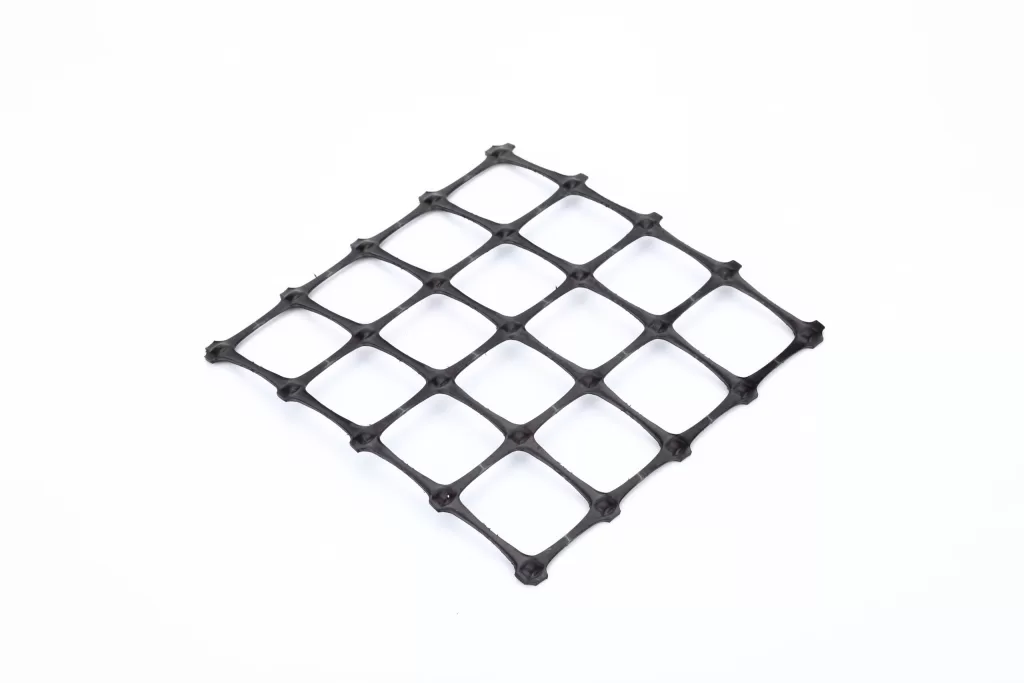
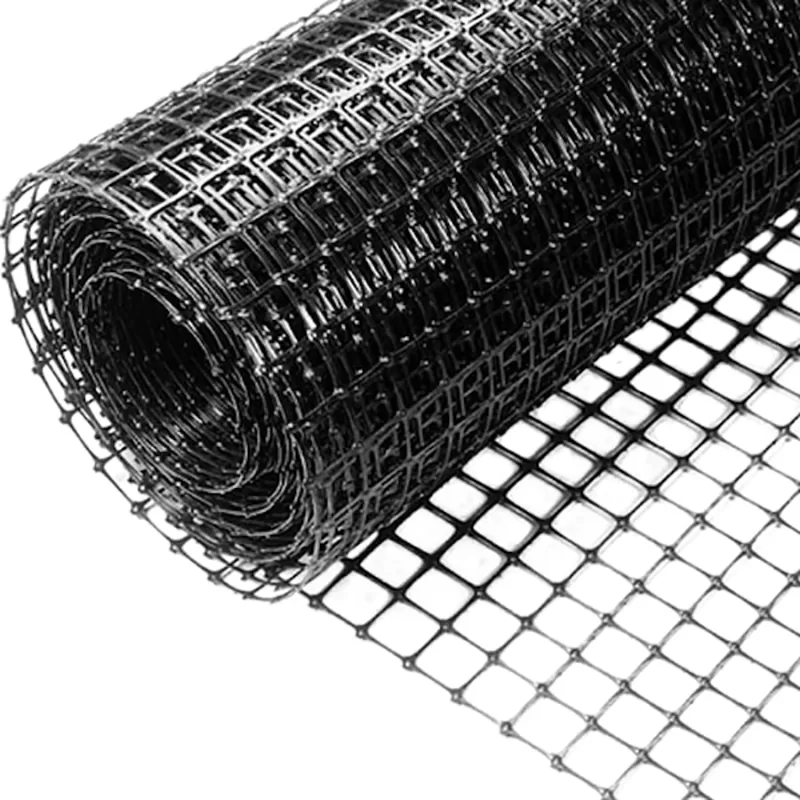
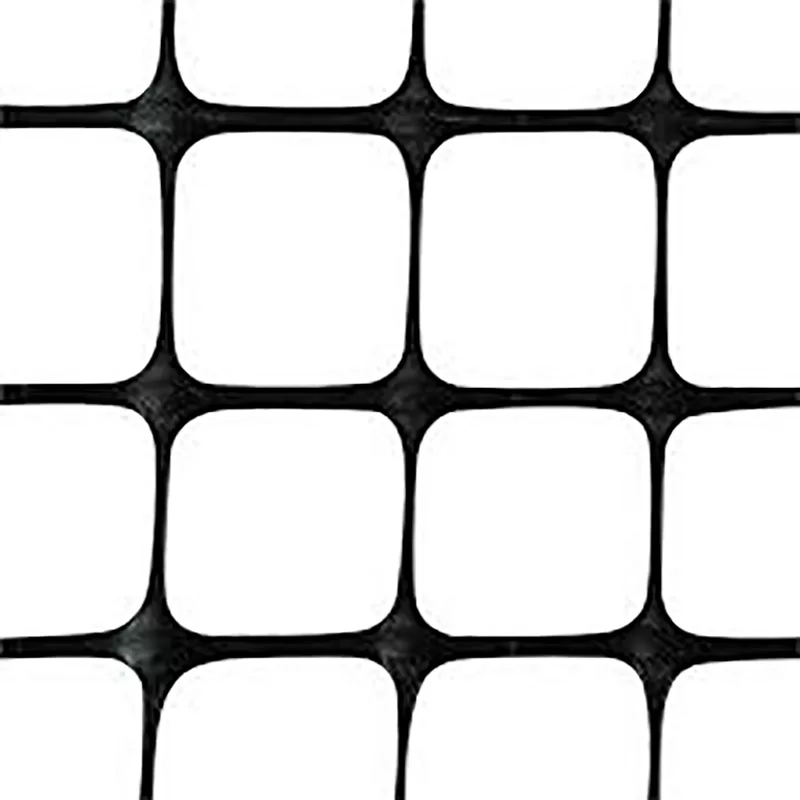
Get Free Sample
We’ll respond as soon as possible(within 12 hours)






















